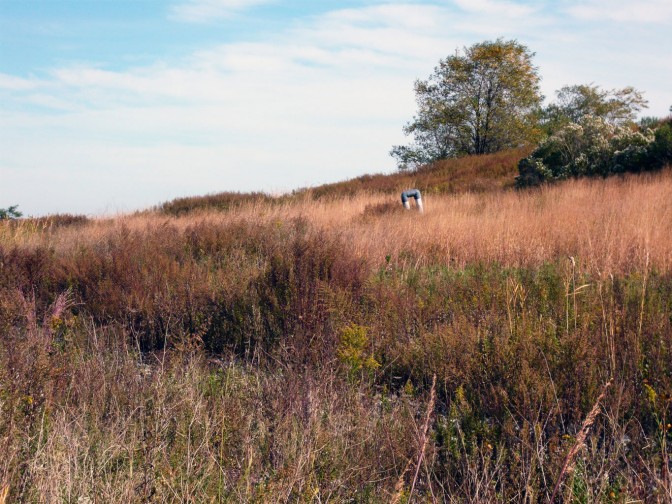Bivalves and Waterfront Restoration

Atlantic Ribbed Mussel
Melody Simon is a senior at the New York Harbor School and environmental science intern here at Freshkills Park. Here she tells us a bit about oyster restoration in New York City.
Bivalves are returning to our waters. Bivalves such as oysters, mussels, and clams were once very populated organisms in New York Harbor. Their populations were reduced due to dredging and harvesting for restaurants. Their reefs were broken down so that larger ferries, able to accommodate more people, could traverse our waterways. As New York City’s population grew, infrastructure expanded to accommodate the growing sums of people but at the expense of our wildlife and environment.
Bivalves are filter feeders that reduce the water’s turbidity (clarity) by filtering the water they live in; their reefs also protect our land from storms. The Billion Oyster Project (BOP) is an organization that is trying to restore the harbor of its oysters, to make the waters clean again, increase biodiversity, and return the sea floor to its previous varied terrain. To do this, the BOP creates artificial reefs to help spawn oysters and has nurseries to grow the oysters in the harbor. In these reefs and nurseries, research is conducted to see how the oysters are faring and if they need to be moved to a different location if they aren’t doing well.

Eastern Oyster
These filter feeders filter algae and sediment out of the water. This is important because of pollution — the more pollutants in the water the more algae grow and cloud up the waters, reducing the oxygen levels and potentially killing other organisms in the water.
Freshkills Park has ribbed mussels and oysters in its waters and shorelines; they are found in clusters and sometimes individuals attach to debris that is sunken in the water. With consistent shoreline clean ups at Freshkills, the accumulation of debris that washes in from the NYC waterways is minimized and the bivalves along the shoreline positively impact the clarity of the Park’s waters.

Atlantic Ribbed Mussels growing on debris at Freshkills Park
Freshkills Park has investigated the potential of increasing bivalve populations on site, with a focus on ribbed mussels. More can be learned about this project by visiting the Living Shoreline page.

Living Shoreline Researchers collecting data at Freshkills Park




